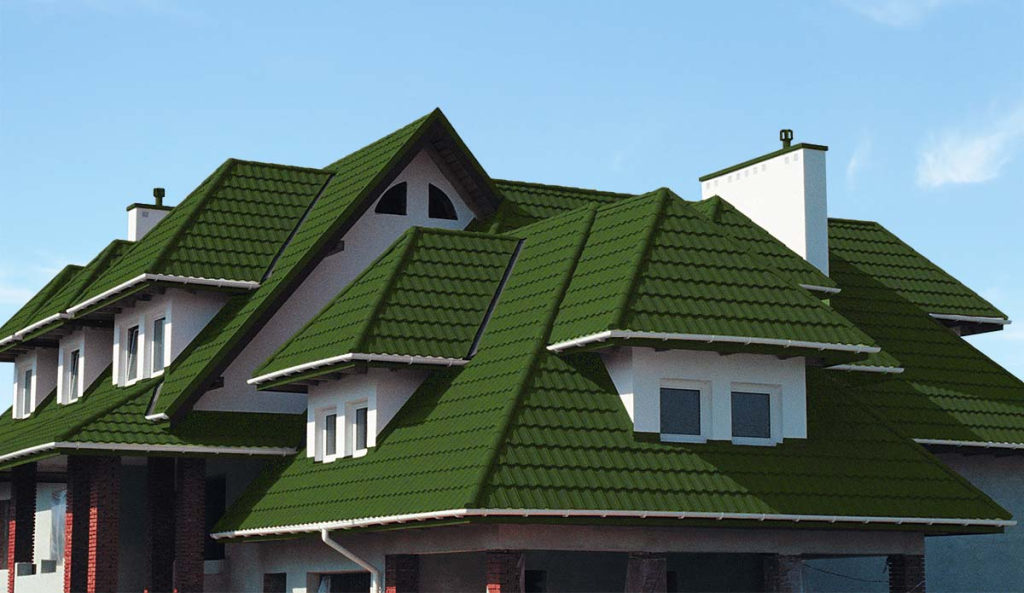
When exporting color-coated coils, detailed packaging methods are crucial to help ensure the integrity and protection of the product during transportation. The following is a more detailed description of the export packaging of color-coated coils, and also mentions some of the benefits of color-coated coils in China’s import and export:
Introduction to Color-Coated Coils:

Color-coated coils are steel coils that undergo surface treatment and are coated with a layer of colored paint. Their features and advantages include:
- Decorative Function: Color-coated coils offer various colors and surface effects, making them suitable for decorative applications in construction and manufacturing.
- Corrosion Resistance: The coating on color-coated coils provides additional protection, enhancing the steel’s corrosion resistance, particularly in humid or harsh weather conditions.
- Weather Resistance: Color-coated coils typically exhibit good weather resistance, maintaining color and appearance stability over an extended period.
Benefits in Chinese Import and Export:

Detailed explanation of the benefits of importing and exporting color-coated coils in China includes several aspects:
- Huge Market Demand:
- China is one of the world’s largest markets for construction and manufacturing, with substantial demand. Importing color-coated coils can cater to the growing needs in China’s construction, manufacturing, and appliance industries.
- Manufacturing Hub:
- China serves as a global manufacturing hub with a well-established supply chain and manufacturing infrastructure. Importing color-coated coils allows for easier integration into China’s manufacturing ecosystem, enhancing production efficiency and cost competitiveness.
- Technological and Quality Standards Enhancement:
- Collaboration with Chinese businesses can lead to advancements in technology and quality standards. The Chinese market has a growing demand for high-quality products and advanced technology, driving innovation and development in the color-coated coil industry.
- Trade Facilitation:
- China actively promotes trade facilitation, continually refining trade policies and processes. Engaging in China’s import-export trade can benefit from simplified customs procedures and more efficient logistics services.
- Support from Regional Trade Agreements:
- China actively participates in regional trade agreements, such as the Belt and Road Initiative. Importing color-coated coils provides the opportunity to benefit from these agreements, gaining broader market access and a more competitive trade environment.
- New Infrastructure Construction:
- China is undertaking massive new infrastructure construction projects, including transportation, energy, and urban development. These projects generate significant demand for building and manufacturing materials, presenting potential sales opportunities for products like color-coated coils.
- Diversified Business Collaboration Opportunities:
- Establishing business relationships with Chinese companies helps expand business networks and provides new collaboration opportunities. In the Chinese market, companies can seek partnerships in various sectors, including distributors, manufacturers, and construction companies.
- Utilizing China’s Import Policies:
- The Chinese government provides support and preferential policies for the import of certain key raw materials and high-value-added products. This may facilitate the entry of products like color-coated coils into the Chinese market.
Packaging Methods:

- Coil Packaging:
- Coil Stacking: Coils can be stacked either “eye-to-sky” or “eye-to-horizon,” depending on the handling equipment and coil diameter at the destination.
- Individual Coil Wrapping:
- VCI Paper or Film: Wrap individual coils with VCI paper or film to prevent corrosion during transportation. VCI materials release chemicals forming a protective layer.
- Stretch Film: Wrap individual coils with stretch film to secure them and protect against dust, moisture, and minor impacts.
- Packaging Materials:
- Edge Protectors: Place edge protectors on the outer periphery of the coils to prevent edge damage during handling and transportation.
- Cardboard/Plastic Corner Protectors: Use corner protectors to safeguard coil corners from impact and damage.
- Palletization:
- Wooden Pallets or Skids: Place coils on sturdy wooden pallets or skids for ease of handling with forklifts or pallet jacks. Palletization also prevents direct contact with the ground.
- Securing and Strapping:
- Steel or Polyester Strapping: Secure coils to the pallet using steel or polyester strapping to prevent movement and shifting during transit.
- Dunnage Bags: Fill void spaces between coils or between coils and container walls with dunnage bags to minimize movement and vibration.
- Containerization:
- Container Liners: If using containers, consider using liners to provide an additional layer of protection against moisture and contamination.
- Desiccants: Place desiccant packs inside the container to absorb moisture and maintain a dry environment.
- Labeling and Documentation:
- Clearly Labeled Packages: Label packages with essential information, such as product specifications, handling instructions, and destination details.
- Documentation: Ensure all required export documents, including packing lists and shipping labels, are complete and securely attached to the packaging.
Please note that the provided information is general guidance, and specific packaging and export procedures may vary based on country regulations, transportation methods, and product characteristics. Prior to export, it is advisable to collaborate with international trade consulting firms or logistics companies to ensure compliance with relevant regulations and standards.
In summary, by importing color-coated coils into China, businesses can leverage the country’s vast market, robust manufacturing infrastructure, trade facilitation policies, and collaborative relationships with Chinese enterprises for business growth and development. However, when engaging in import business, it’s essential for companies to understand and comply with Chinese regulations and standards to ensure smooth trade activities.



